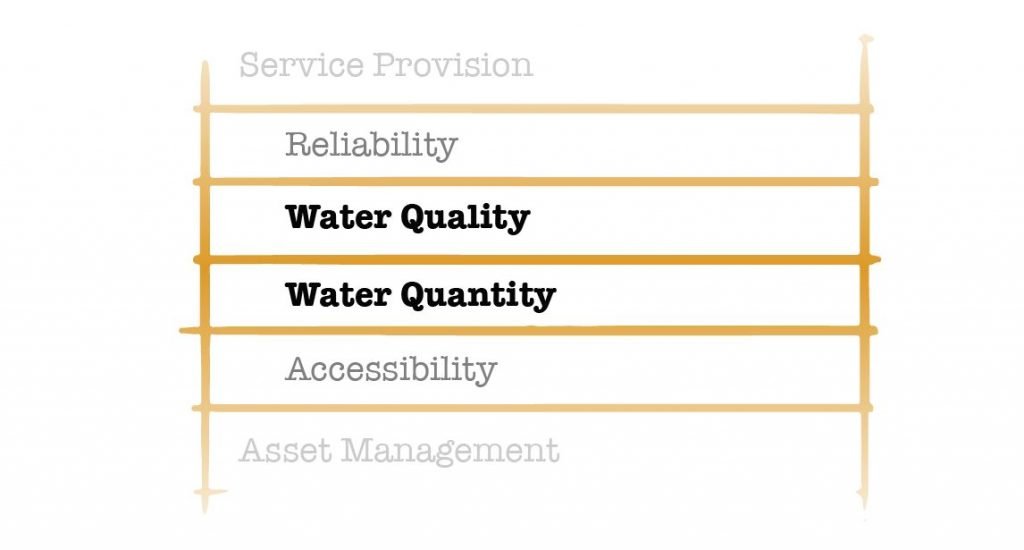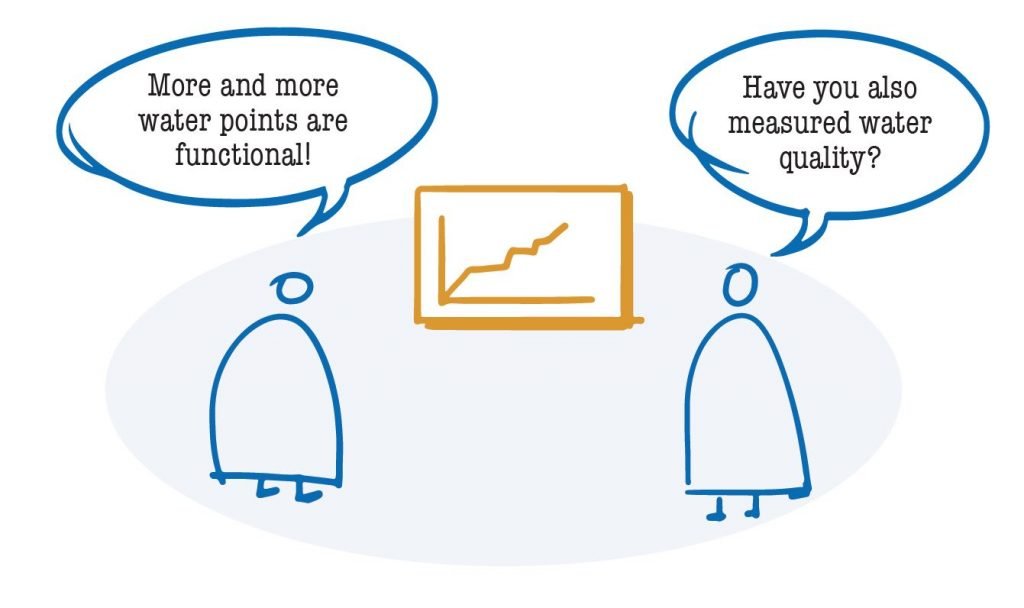This blog is based on the fact sheet on Actionable Guidance for National Governments: Harnessing Water Point Data for Improved Water Services
National governments have a crucial role in providing guidance and support for the collection and use of water point data. Beyond the need for coverage statistics at the national level, districts and partners require water point data to plan and act to improve services. Good quality national water point monitoring data are also a catalyst for faster private and public investments. More investments are needed since the Sustainable Development Goals are not going to be met by 2030 at the current rate of investment.
We wrote previously about three universal lessons for improving water point monitoring, however, there are also recommendations from our research on the use of water point monitoring to improve water services that are specific to national governments.
Recommendation 1: Incorporate service level metrics that are useful to local governments
Help local governments and service authorities achieve results by incorporating service level and sustainability metrics that go beyond functionality into the national indicator framework. Provide monitoring results on paper where connectivity, power, and digital competency are limited.

Service level monitoring in Ghana
The Community Water and Sanitation Agency of Ghana developed the “Framework for Assessing and Monitoring Rural and Small Town Water Supply Services in Ghana” to measure the performance of service providers and the support they receive from districts.

